How to Get Rid of Slugs and Snails in Your Garden
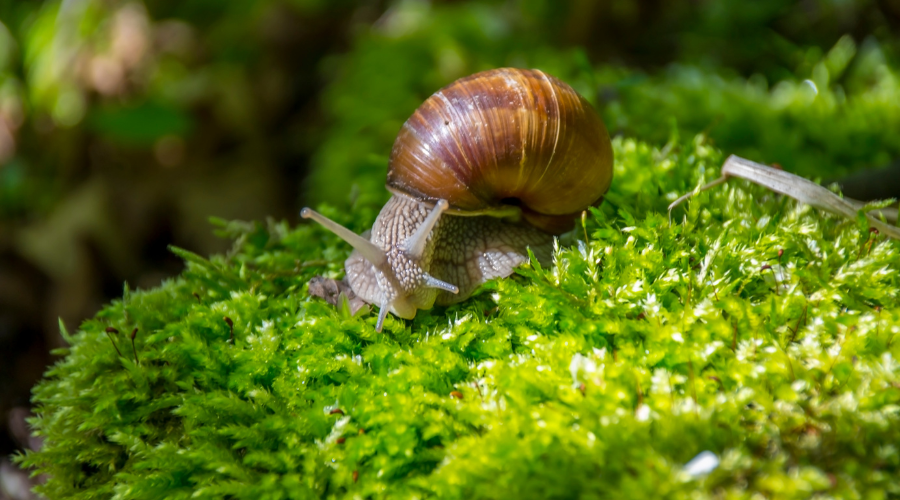
Slugs and snails can be frustrating problems for gardeners, causing unsightly damage to a wide range of plants. If you’ve noticed holes in your plants and slimy trails in your garden, you might have a slug or snail problem. These common garden pests can cause significant damage to a wide variety of plants. However, it is possible to manage and significantly reduce the population of slugs and snails in your garden, though completely eradicating them can be challenging and may not be necessary or beneficial, as they are part of the natural ecosystem. Here’s a comprehensive guide on how to control or get rid of slugs and snails, using both natural and chemical methods.
Understanding Slugs and Snails: Why They Matter to Our World!
Snails and slugs are small, slimy creatures that are actually quite important for the health of ecosystems. Even though they can sometimes be pests in gardens, they actually play some very helpful roles.
First, snails and slugs are decomposers. This means they break down dead and decaying plants. As they eat this plant matter, their waste helps to fertilize the soil, making it richer and better for growing new plants.
Snails and slugs are also an important food source for many animals, like birds, frogs, and other small creatures. This helps to keep the food chain balanced in the ecosystem.Some snails even help spread seeds around, allowing new plants to grow in different areas. And as snails and slugs move through the soil, they aerate it, which helps the soil stay healthy and able to support more plant life.
Finally, scientists can use the number and types of snails and slugs in an ecosystem to learn about the overall health of that environment. More diversity usually means a healthier ecosystem.
So while they may be slimy, snails and slugs are actually quite important little creatures that play many valuable roles in keeping ecosystems functioning properly. Their presence is a sign of a healthy, balanced natural environment.
Why Are Slugs and Snails in Your Garden?
These pests are drawn to gardens for several key reasons:
- Moisture: Slugs and snails require moist conditions to survive, and gardens often provide this ideal habitat, especially after rain or during early mornings and evenings.
- Food: Gardens contain a variety of plants, vegetables, fruits, and decaying organic matter that slugs and snails feed on.
- Shelter: Gardens offer many hiding spots and sheltered areas for slugs and snails, such as under rocks, logs, dense plantings, and other debris.
- Ideal Temperature: Slugs and snails thrive in the cool, damp conditions that gardens often provide, especially in milder climates where they can be active year-round.
- Lack of Natural Predators: If gardens lack natural predators like birds, frogs, and beneficial insects, the slug and snail populations can grow unchecked.
Addressing these factors through habitat modification and introducing natural predators can help manage their populations.
Natural ways to get rid of Slugs and Snails
Hand Picking: Regularly inspecting your garden in the evening or early morning, physically removing slugs and snails, and disposing of them properly can be very effective.
Barriers: Creating barriers around your garden beds can deter slugs and snails. You can place copper tape, sharp grit, crushed eggshells, citrus peels, coffee grounds, dried seaweed, or diatomaceous earth around the bases of plants to stop these pests from reaching them.
Homemade Repellent Sprays: You can use mix equal parts of white vinegar and water to make a repellent. Alternatively, by mixing crushed garlic cloves with water and spraying the mixture around plants can create an effective homemade slug and snail repellent
Traps: Setting up traps can help reduce their population. Beer traps are popular; they attract slugs and snails to beer placed in shallow containers, where the pests then drown.
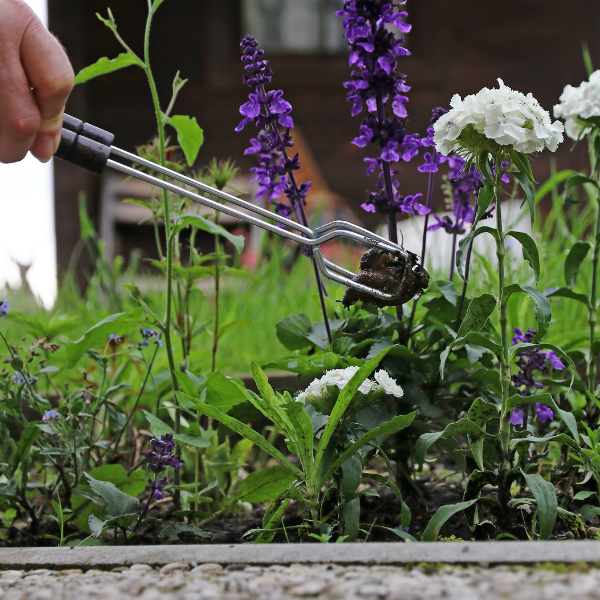
Alternatively, you can create hiding places with overturned pots or boards. Slugs and snails will congregate under these, allowing you to easily collect and remove them from the garden.
Encourage Natural Predators: Birds, toads, beetles, and even some mammals like hedgehogs and shrews eat slugs and snails. Also, attracting these predators to your garden can help keep the population in check.
Removing Hiding spots: Eliminate moist, shaded areas where slugs and snails can shelter by cleaning up plant debris, logs, and other objects.
Plant Protection Cover- 12pk
Original price was: $29.90.$18.90Current price is: $18.90.Slug and Snail Plant Protection Kit – 4 pack
4 reviews Original price was: $24.95.$19.90Current price is: $19.90.Molluscicide Baits
- Baits containing active ingredients like metaldehyde, iron phosphate, or ferric sodium EDTA can be effective in killing snails.
- Snails ingest these baits, which cause them to stop feeding and eventually die, usually within a few days.
- Metaldehyde baits, which are common, can be toxic to pets and should be used with caution.
- Iron phosphate and ferric sodium EDTA baits offer safer alternatives and are suitable for use in organic systems.
Molluscicide Sprays
-
- Sprays containing chemicals like methiocarb or silicate salts mixed with copper can be applied to kill snails.
- These sprays are most effective when applied when the snails are active, such as early morning on dewy days.
- Copper-based sprays like Bordeaux mixture can also have some snail-deterring effects, though they are not specifically registered for snail control.
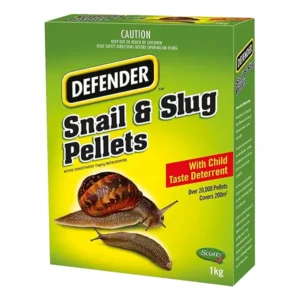
Defender Slug and Snail Pellets
$5.90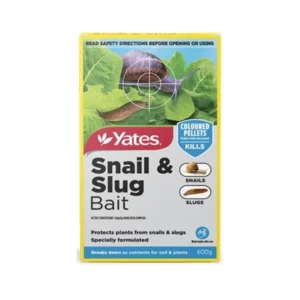
Yates Snail & Slug Bait
$9.90Cultural Practices
- Water Management: Since slugs and snails are attracted to moist environments, reducing unnecessary watering and watering in the morning so the soil dries during the day can help deter them.
- Garden Hygiene: Regularly removing garden debris and other hiding spots can reduce the places where slugs and snails can shelter during the day.
- Selective Planting: Some plants are less attractive to slugs and snails. Planting these can naturally reduce issues. Examples include ferns, geraniums, and fuchsias.
Conclusion
A combination of cultural, biological, and targeted chemical controls is often the most effective approach to getting rid of slugs and snails in your garden. By implementing these strategies, you can protect your plants from damage and maintain a healthy, thriving garden ecosystem. Regular monitoring and adjusting your strategies as needed can help maintain a balance, keeping your plants healthy while minimizing the damage from these pests. With a little diligence and the right techniques, you can win the battle against these slimy garden pests.

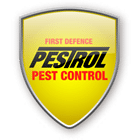



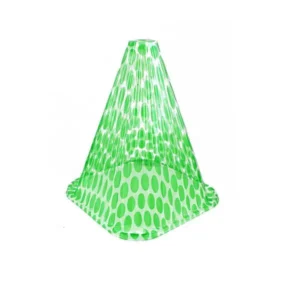
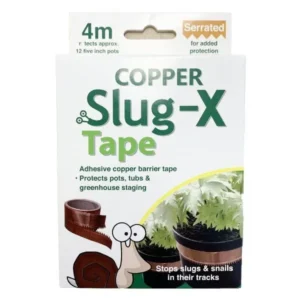
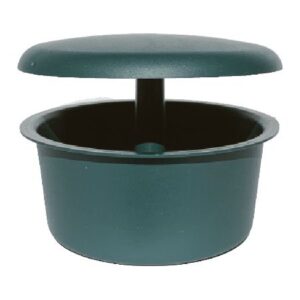
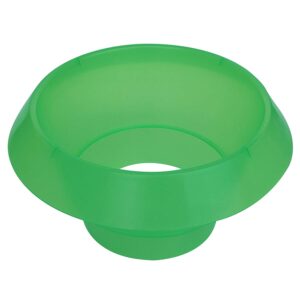
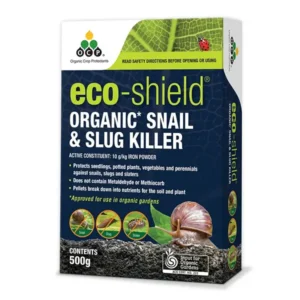
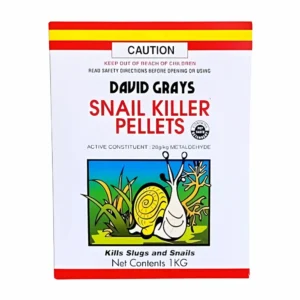
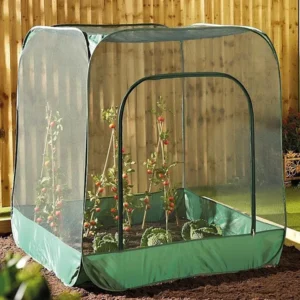
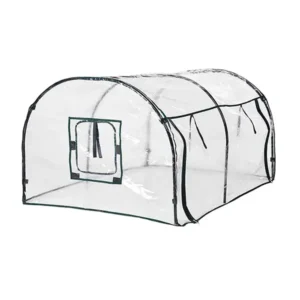
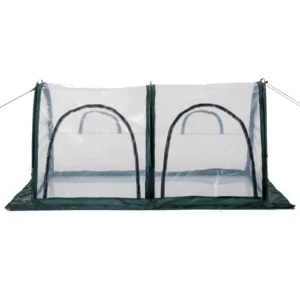
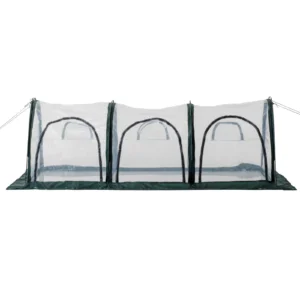
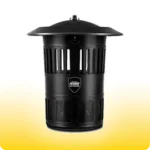 Mosquito Traps
Mosquito Traps